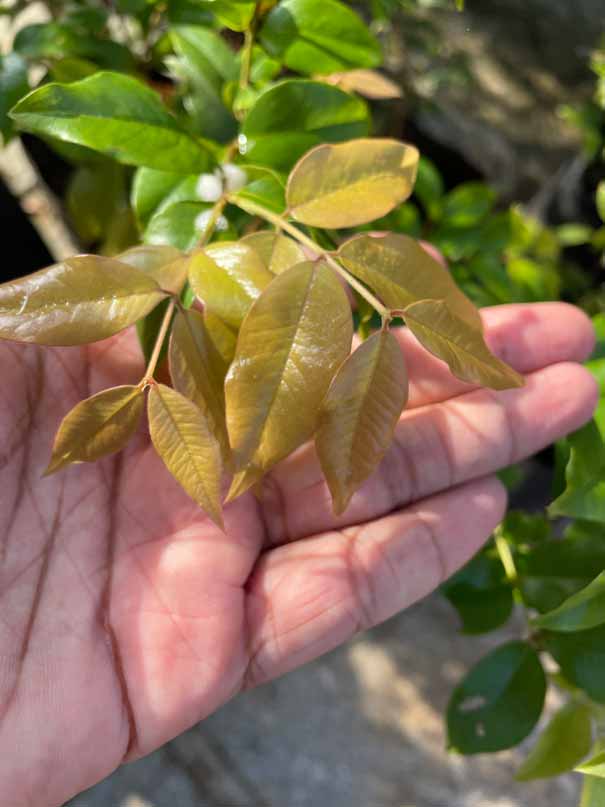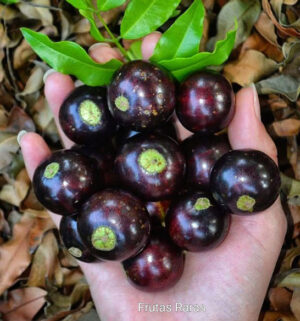Tips on growing and caring Jaboticaba trees
Growing a Jaboticaba tree is like embarking on a gardening adventure. Imagine a little sapling growing into a tree that bears fruits right on its trunk – that’s the Jaboticaba. It’s special and exciting to take care of.
The Jaboticaba, also known as Plinia cauliflora, is not your regular fruit tree. It does things a bit differently by growing fruits directly on its trunk. In this guide, we’ll go through the easy steps to make sure your Jaboticaba tree not only survives but also gives you lots of yummy fruits.
We’ll talk about simple things like how much water it needs, what kind of food (fertilizer) it likes, and how to trim it. We’ll also discuss how to keep it healthy and protect it from getting sick. Whether you’ve planted it in a pot or in the ground, we’ll cover everything you need to know.
So, if you’re excited about growing a Jaboticaba tree and can’t wait to taste its delicious fruits, you’re in the right place. Let’s explore the world of Jaboticaba care together and make your gardening journey fun and successful!

1. Planting and Pot Selection:
- Plant Jaboticaba trees in well-draining soil with a slightly acidic to neutral pH.
- Use a large enough pot to accommodate the growing roots. Consider a pot with drainage holes to prevent waterlogging.
2. Watering:
- Water the tree regularly, keeping the soil consistently moist but not waterlogged.
- During hot or dry periods, increase watering frequency.
- Allow the top inch of the soil to dry between watering sessions.
3. Fertilizing:
- Use a balanced, slow-release fertilizer with a ratio like 10-10-10.
- Apply fertilizer every 2-3 months during the growing season (spring and summer).
- Reduce fertilization during the dormant season (fall and winter).
4. Pruning:
- Prune young Jaboticaba trees to encourage a strong and well-shaped structure.
- Remove any dead or diseased branches regularly.
- As the tree matures, thin out crowded branches to allow sunlight penetration.
5. Soil Conditioning for Potted Trees:
- Refresh the potting mix every 2-3 years or when you observe decreased drainage and aeration.
- Add well-rotted compost to the soil to improve fertility and structure.
- Top-dress with mulch to retain moisture and regulate soil temperature.
6. Support:
- Provide staking or support for young trees to help them establish a strong, upright structure.
- Adjust the support as the tree grows to prevent damage to the trunk.
7. Pest and Disease Control:
- Keep an eye out for pests like aphids, scale insects, and mealybugs. Use insecticidal soap or neem oil as needed.
- Fungal diseases such as anthracnose can be prevented by applying fungicides during the growing season.

8. Protecting from Cold:
- Jaboticaba is sensitive to cold temperatures. If you’re growing it in a region with occasional frosts, provide protection by covering the tree or moving it indoors during cold spells.
9. Supporting Fruit Development:
- During the fruiting stage, ensure the tree receives adequate sunlight for optimal fruit development.
- Mulch around the base of the tree to retain moisture and regulate soil temperature.
10. Harvesting:
Harvest Jaboticaba fruits when they reach their full color and are slightly soft to the touch. – Gently pluck the fruits from the tree to avoid damage.

By following these steps, you can help your Jaboticaba tree thrive from its early stages to the fruiting phase. Remember to tailor the care routine based on your specific growing conditions and local climate.
